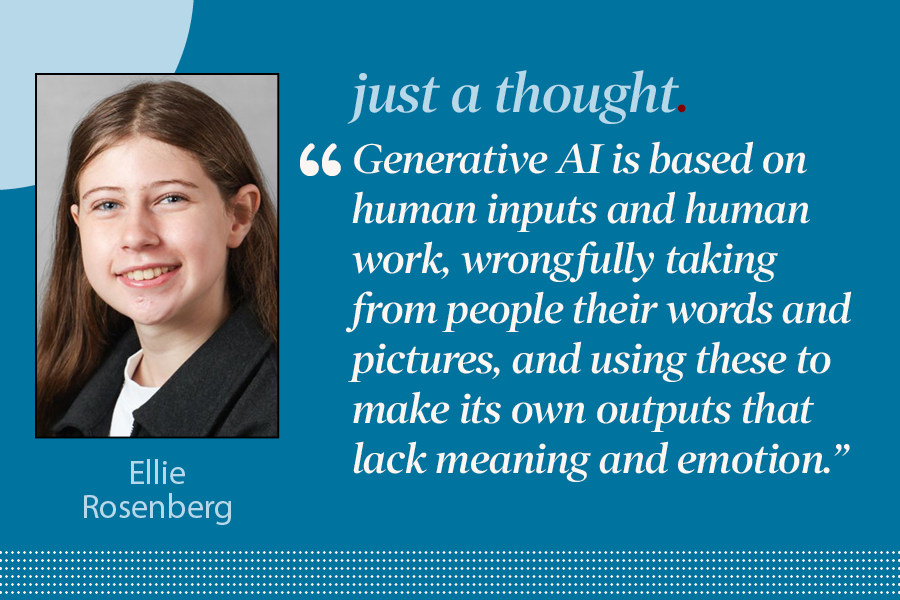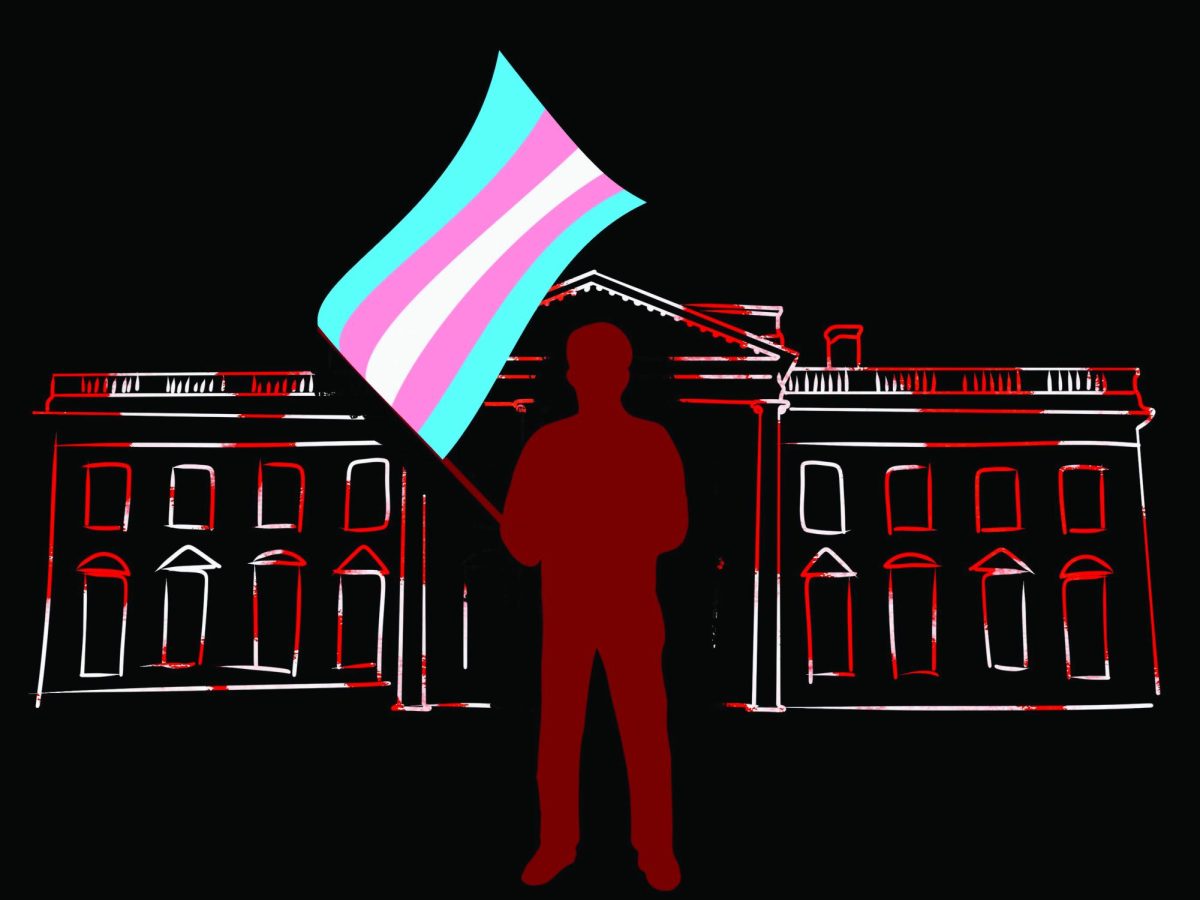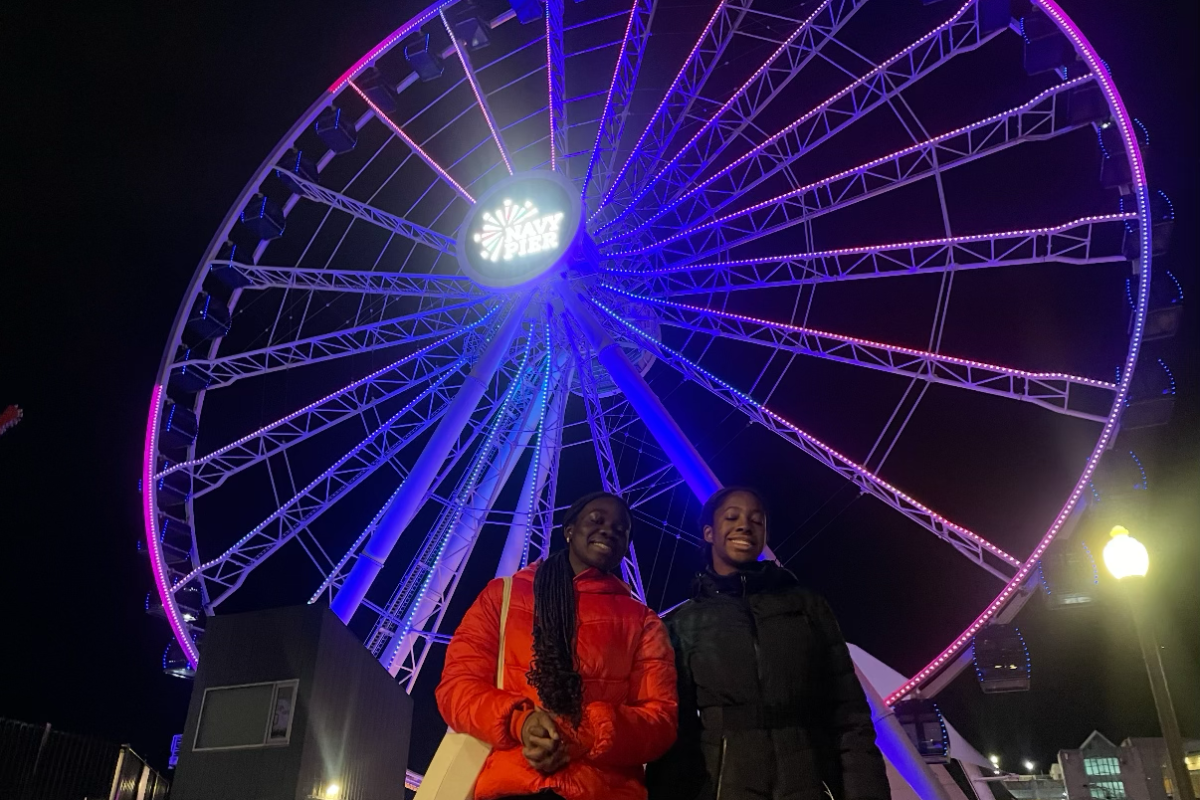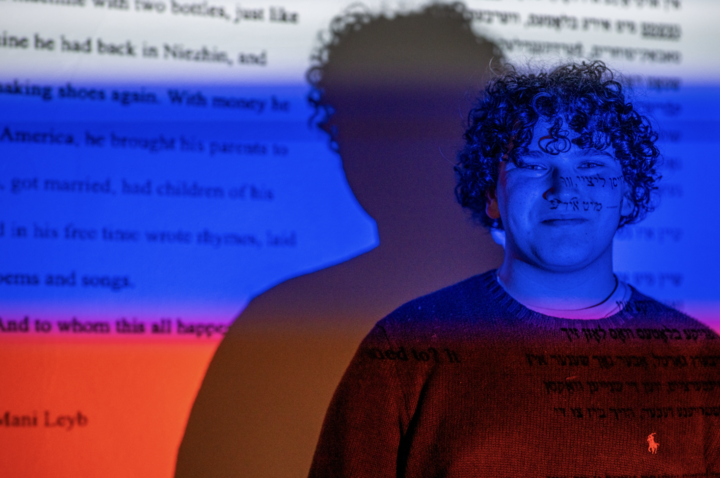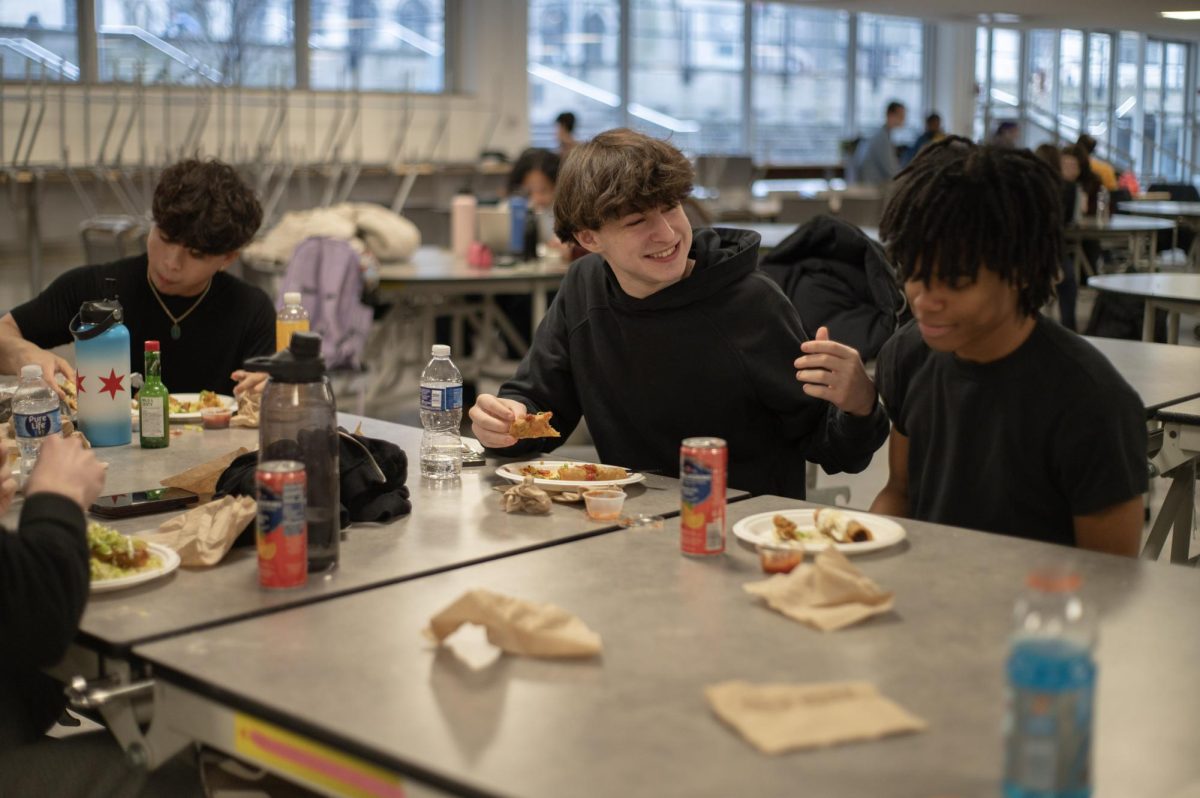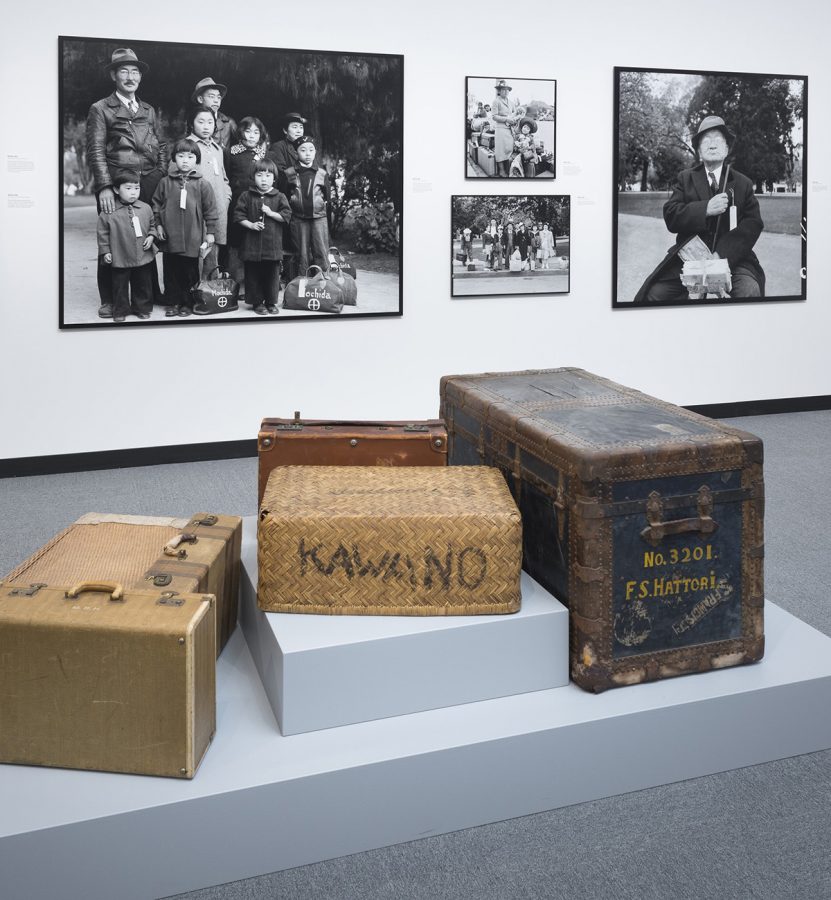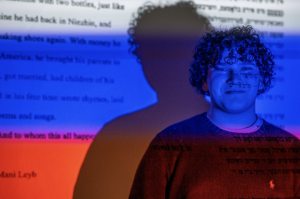Chicago art museum showcases U.S. history
provided by the Alphawood Gallery
THEN THEY CAME FOR ME. In the main room of the exhibition, photographs are displayed depicting Japanese-American families being transported from their homes to incarceration camps by the United States government. Many have tags on their clothing, a way for the U.S. government to track them.
October 12, 2017
Holding onto a barbed wire fence with four small hands, two children look outward toward freedom. In the background, a guard has angled his gun toward their backs, watching their every move from a sentry tower. These children, photographed by Ansel Adams in 1942, were uprooted from their lives entirely and were placed in the Manzanar Incarceration Camp by the War Relocation Association. Their crime: having Japanese ancestry.
What does an American look like? Who is welcome in this country? What is every American’s duty in the face of racist government action?
These and other important, provoking questions are posed by Alphawood Gallery’s first original exhibition, “Then They Came for Me: Incarceration of Japanese Americans during WWII and the Demise of Civil Liberties,” which debuted June 29 and continues through Nov. 19.
75 years after Executive Order 9066 was signed by President Franklin Roosevelt, the Alphawood Gallery has dedicated its exhibition space to recounting a dark episode in United States history. This executive order, which authorized the Secretary of War to prescribe certain areas as military zones, cleared the way for the incarceration of Japanese Americans and is presented alongside various connections to the contemporary American government within the exhibition.
“This is absolutely for any American, really anyone, to contemplate what it means to be an American,” Education Coordinator Megan Moran said. “This exhibition is for anyone to really dig deep into these questions of our contemporary moment, and what lessons we need to learn from our past in our country.”
The Alphawood Gallery partnered with the Japanese American Service Committee to produce “Then They Came for Me,” highlighting the nearly century-long context to Executive Order 9066 through timelines, photographs and the belongings of those affected by this governmental action.
“What’s really heartwarming for us as the organizers of this exhibition is to see the positive response from the Chicago Japanese-American community,” Ms. Moran said.
“Then They Came for Me” exhibit organizers have worked to allow for various underrepresented minority groups to visit the gallery space and reflect on their individual connections to the Japanese-Americans affected by Executive Order 9066.
With a sign that reads “Future Internment Camp by order of Donald J. Trump,” the exhibition connects this crisis to our modern-day struggle between minority groups and the United States government.
“Then They Came for Me” allows visitors to contemplate how the American people can prevent events like this from happening again both within the United States and elsewhere in the world.
“I think it’s really telling that we’ve seen at least a couple of instances in mainstream media where conservatives pundits will talk about the Japanese-American internment camps as some sort of a justification for a Muslim registry or a camp of wrapping up people of Muslim faith,” Ms. Moran said. “I think it’s really up to all of us to stand up and say that’s not OK. This should never be used as a precedent, this a shameful part of American history and there is so much we need to learn from our past mistakes.”


















